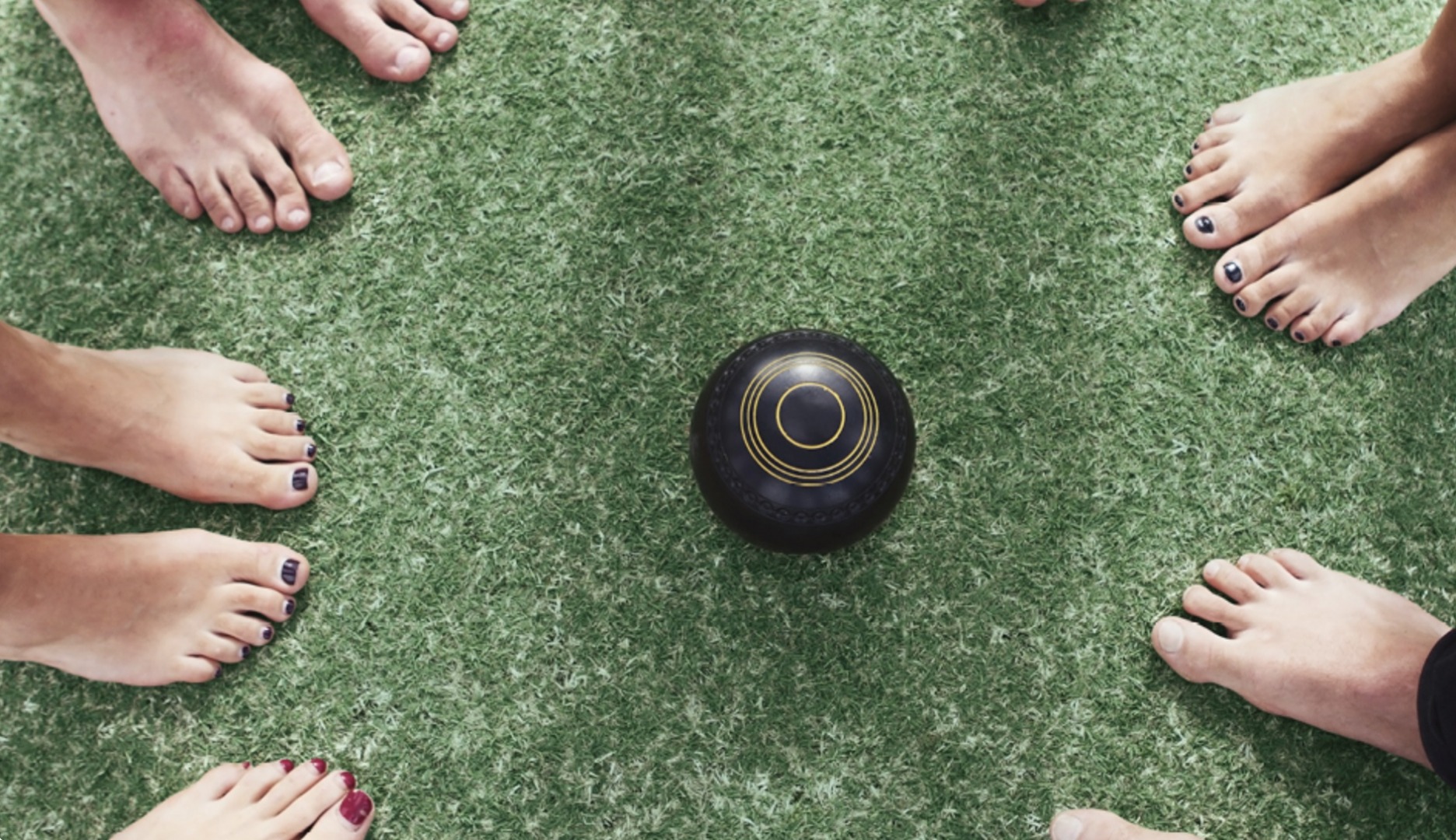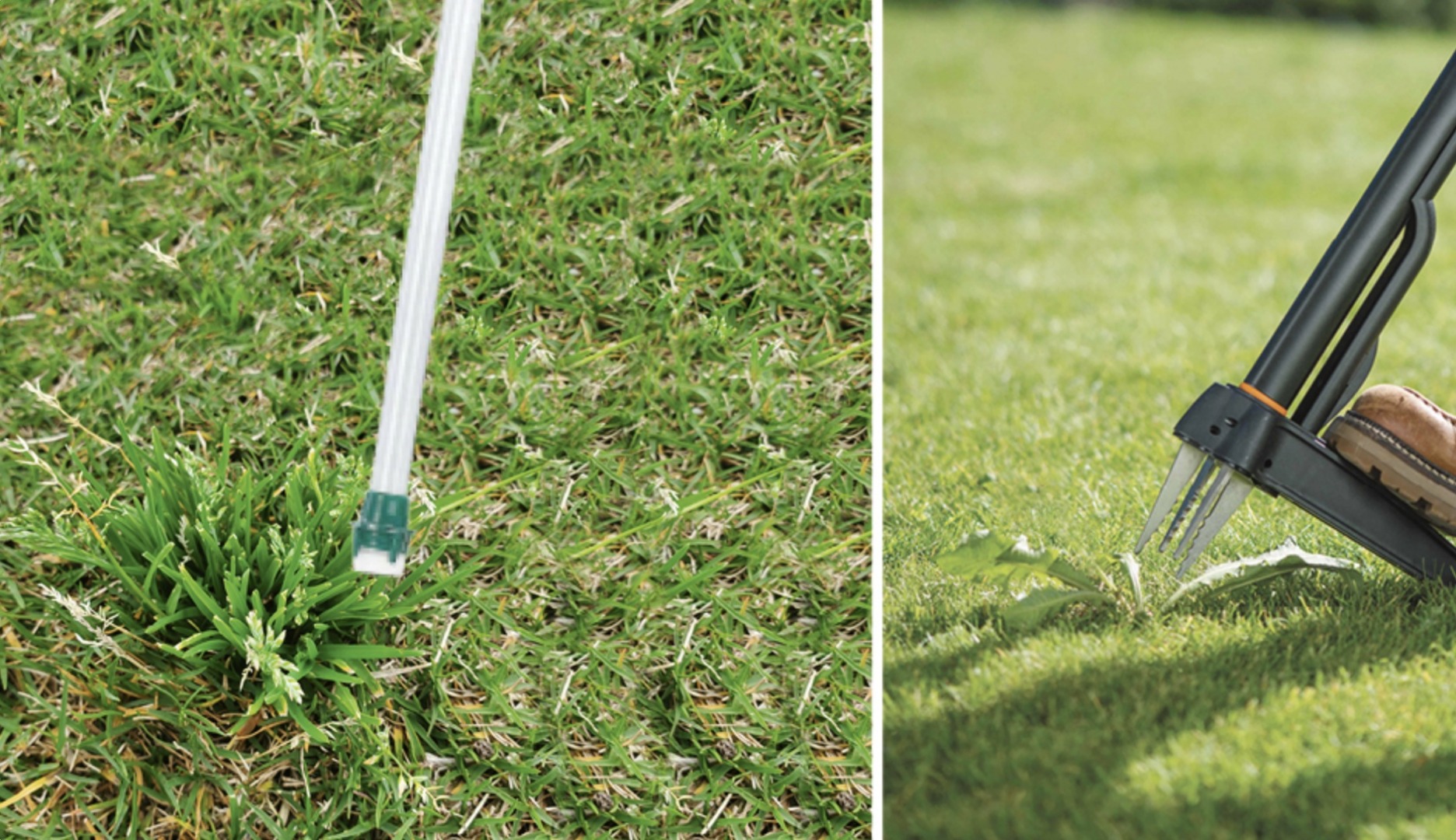Charlie Albone, landscaper designer and TV presenter knows a lot about lawns and gardens. But he wasn’t always involved in gardening and greenspace, he’s dabbled with a bit of painting and pouring pints as well!
The Lawn Solutions team recently caught up with Charlie to learn more about his story, plus he shares some insider tips for the garden.
Charlie first started getting into the landscaping at 18 while working in the UK. He was trying to save enough money working as a painter during the day and in a pub during the evening so that he could travel to Australia. During this time Charlie was working a 60-hour week for just 4 pounds an hour! When Charlie was on his way to work at the pub one night, he saw a car accident where a drunk driver had cut across the road and collided with the pillars of a large country house. After this, the driver then sped off. Charlie went to the house to see if they needed help. While talking with the owner he was offered a gardening job on the weekends. This then took Charlie’s already busy work week to a whopping 75 hours! “I remember the moment I fell in love with gardening.” This moment was when the owner of the property took him to an area of the garden where Snakeskin Fritillary was coming up on the lawn, “it took my breath away.”
From here Charlie Albone has been able to try most things in landscaping, maintenance, construction, and design. “I love how my business incorporates all aspects of these!”. Charlie has worked on so many amazing projects. “I loved both Chelsea Flower show gardens, especially the first one dedicated to my late father”. Charlie has also worked for the Shangri La hotel in Singapore. “It was a great project we designed and flew over to install in the lobby”. Charlie has loved many of the private projects he has done too. He tells us that he has a passion for “creating spaces that change the way families live and connect.”
In Charlie’s own backyard he has recently installed a new TifTuf Hybrid Bermuda lawn “I love fine leaf grasses and TifTuf is so hard-wearing it was a no brainer with two very active boys”. Charlie’s lawn care routine is currently all about the establishment. “For now, I’m keeping the water up to it and staying off it as much as possible. I’ll give it a cut soon and slowly bring the height down, to maintain it at a low level.” He loves his cylinder mower. “It has a certain charm to it while delivering great results, nothing beats a stripy lawn.” Any top tips for lawn care Charlie? “Mow more remove less.” This way you will prevent damage and stress, creating a much healthier lawn.
When creating formal designs Charlie likes to border lawns with box hedging as it doesn’t encroach and shade out the turf. For a more relaxed garden design, he prefers to use more strappy foliage plants like Arthropodium, Agapanthus or Beschorneria that can handle the sun but don’t grow too much over the edging, again to allow sunlight to the lawn.
Charlie loves fine leaf grasses like Sir Grange Zoysia and TifTuf as they give that formal manicured look. “These grasses are also incredibly hardy”. TifTuf is the only grass in Australia to have the Smart Approved WaterMark. Sir Grange for its all-round wearability. Each area of Charlie’s garden holds different memories. “The lawns are filled with memories of playing with the children, the small courtyard at the front is spent relaxing and the pergola has many experiences of entertaining with friends, family, and guests.”
Something that most people don’t know about Charlie Albone is that he was born and raised in Hong Kong for 12 years. “It’s not the place most people think a gardener would come from.” Charlie goes on to explain the amazing natural landscapes of the soaring green peaks and lush landscapes. “I love the juxtaposition of the landscape with the heavily built-up metropolis. I love it as a place to visit, but don’t think I could handle the pace full time.”
Charlie Albone’s motivation comes from his family. He is continually working to show his boys that things don’t come easily. This motivation comes from his father. “He was very hard working too, and I get my work ethic from him. I also love what I do, it’s much easier to work when it doesn’t feel like work.”
As always, if you have any more questions please don’t hesitate to contact us for free expert advice on 1800ALLTURF (1800255873) or 07 5543 8304.






































